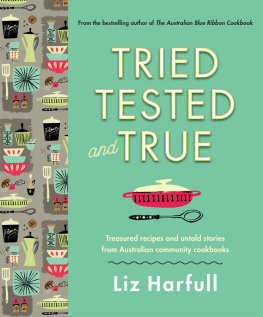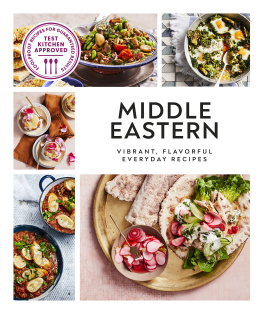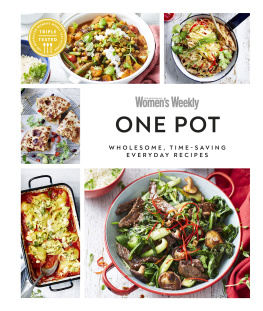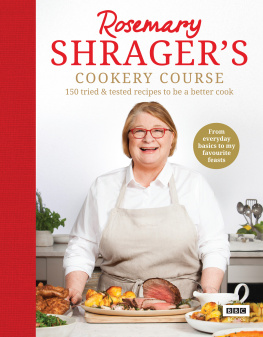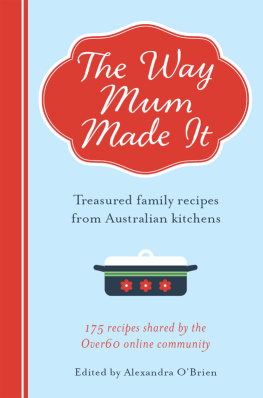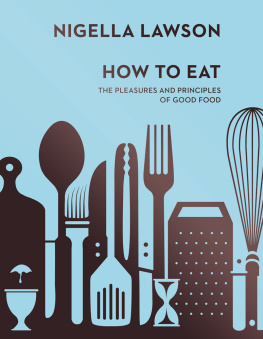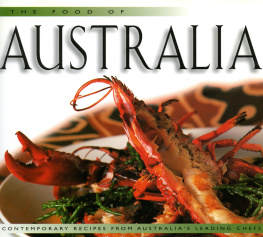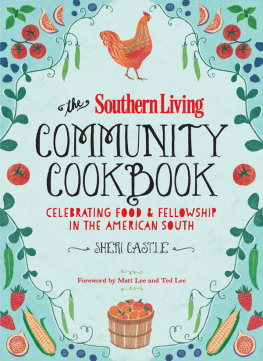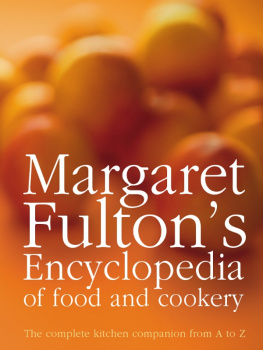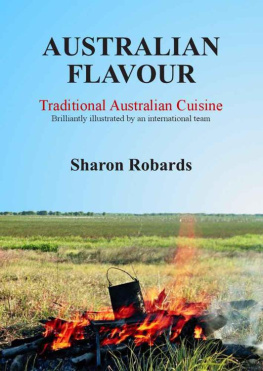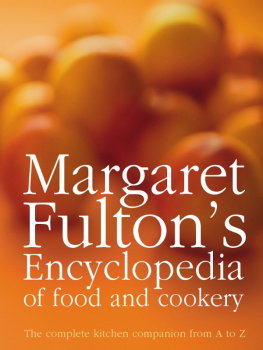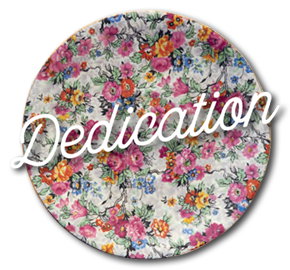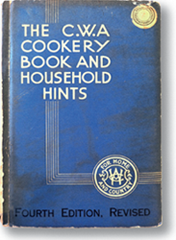
An absorbing history of Australian cooking as told through the dog-eared old faithful cookbooks that were the go-to for generations of home cooks. I love the stories Liz Harfull has unearthed about the treasured community stalwarts who rounded up the recipesanonymous no more. The vintage advertisements and recipes make this one very moreish book. Pip Courtney, ABC TVs Landline
Forget celebrity chefs. The books that reflect what most Australians cooked and ate at home for more than 100 years were compiled by people you have never heard of, all in the name of helping others. Community cookbooks have raised millions of dollars for Australian charities and causes, ranging from cash-strapped local schools and churches to international movements like the Red Cross.
Many of these books were humble publications, handprinted and stapled together by volunteers. But some, like the iconic PWMU Cookbook from Victoria, the Green and Gold Cookery Book in South Australia, the CWAs Cookery Book and Household Hints from WA and the Bundaberg CWA branch cookery book from Queensland, have outlived fleeting food fads, and are still in print and much-used today.
Tried, Tested and True: treasured recipes and untold stories from Australian community cookbooks celebrates this amazing tradition. Based on extensive original research, best-selling author and Gourmand World Cookbook Award winner Liz Harfull brings to light previously untold stories about the cookbooks and the people who created them. Featuring carefully selected recipes, updated with additional tips and hints to ensure success for the most inexperienced modern cook, Tried, Tested and True is a treasure trove for your kitchen.

To the keepers of community stories
history group volunteers, librarians, archivists
and magical Trovewithout whom this book
would have been impossible.
Contents
INTRODUCTION
Among my most treasured possessions is a small bundle of cookbooks that belonged to my grandmother, Amy Harfull. She died before I was born, but they give me a strong sense of connection with her, and my bachelor uncle, Ross, who cooked from them too.
The collection includes one of my fathers primary-school dictation workbooks, which has been used like a scrapbook, with recipes cut out of newspapers and magazines pasted over his neat, blue cursive writing; a farm machinery catalogue receives the same treatment, recipes from neighbours and friends crowding out the latest models of Caterpillar diesel tractors.
There are a few conventional cookbooks but they also turn out to be more than the covers promise. The Back to Suttontown Recipe Book , which Amy wrote her name on in 1933, has so many additional bits of paper squeezed or stapled between its pages, that it is bursting at the seams. There is a tonic for poultry alongside a recipe for orange and lemon tart, a jubilee cake recipe from Roma Clarke who lived on the dairy farm next door, a pudding recipe from a church friend Ilie Kuhl, and my sister-in-law Annes sultana cake. Towards the back of the book is a typed recipe for bread, sent all the way from Tanna Island in the South Pacific, where my adopted Uncle Charlie and his wife, Jean, were serving as Presbyterian missionaries.
Filling out my grandmothers collection is the Spare Corner series of cookbooks, featuring readers recipes published in The Leader , a town and country weekly that was popular in the Mount Gambier area, where my family farm. And there is a very precious copy of The Blossoms Cookery Book , published in 1931 to raise money for a soup kitchen that fed thousands of underprivileged children in Adelaide during the Depression.
Right: My grandmother, Amy Harfull, with her sons, Lyall (my father, on the left) and Ross, 1923. Above: Pages from her 1933 edition of The Back to Suttontown Recipe Book .
What the items in this motley collection have in common is that they are all made up of recipes that came from everyday cooksusually with their names affixed, and shared with a generous spirit. These are the sources that my grandmother, my mother, and generations of Australian women trusted to guide them in a world before celebrity chefs and television cooking shows dominated the scene.
In fact, the books that best reflect what many Australians cooked and ate at home for most of the twentieth century were put together by people you have never heard of, usually in the name of helping others. Known as community cookbooks, these publications have raised what is likely to amount to millions of dollars for Australian charities and causes, ranging from cash-strapped local schools and churches to sports teams and the scout movement, hospitals and medical research, and even political parties and international peace movements.
Many of these books were humble publications, hand-printed and stapled together by volunteers. But some, like the iconic Green and Gold Cookery Book from South Australia, the PWMU Cookbook from Victoria and The C.W.A. Cookery Book and Household Hints from Western Australia, have outlived fleeting food fads, and are still in print and much used by cooks whose grandmothers werent even born when they were first compiled.
Green and Gold Cookery Book , first edition, 1924 (Pembroke School Archives);
The P.W.M.U. Cookery Book , fifth edition, 1923;
The C.W.A. Cookery Book and Household Hints , fourth edition, revised (State Library of WA).
The first community cookbook
The concept of community cookbooks seems to have begun in the United States in the 1860s, during the American Civil War. In 1864, Maria J. Moss donated proceeds from A Poetical Cook-book to benefit northern soldiers. Her book is recognised by historians as the first community cookbook published in America. Canada followed in 1877 with The Home Cook Book , which benefited the Hospital for Sick Children in Toronto. In less than ten years it sold 100,000 copies, making it the best-selling English language cookbook in Canada in the nineteenth century.
An edition was even published in Sydney sometime around 1890, which may in turn have inspired antipodean charity workers. According to Adelaide academic Sarah Black, who wrote a thesis about community cookbooks for her PhD, the first recorded Australian example was put out by the Queensland Presbyterian Womens Missionary Union in 1894. The W.M.U. Cookery Book eventually sold more than 225,000 copies, with the final and 22nd edition published almost 90 years later, in 1981.

